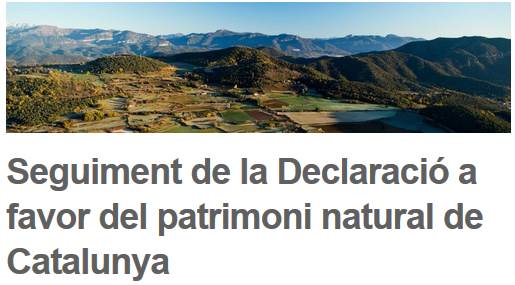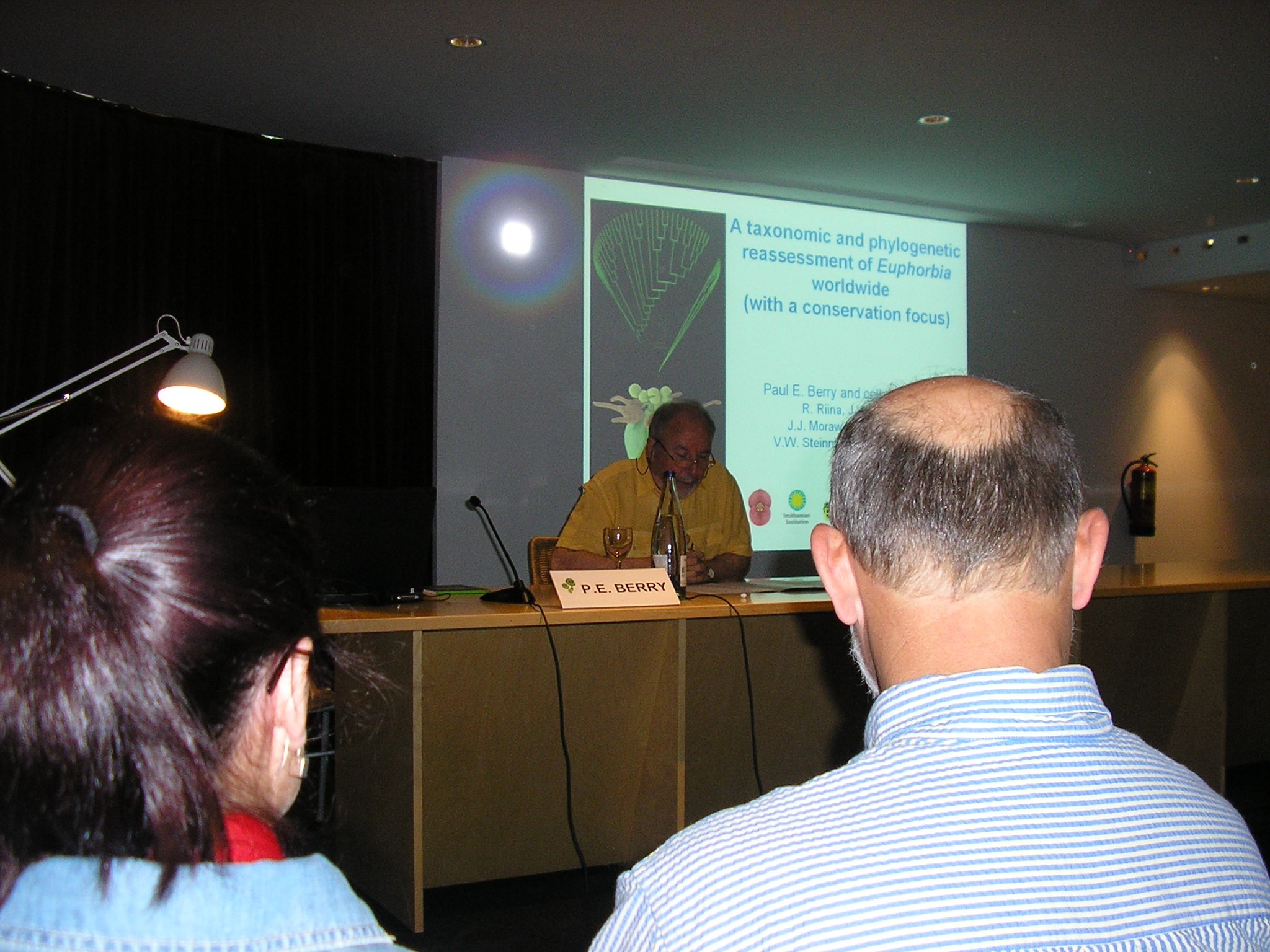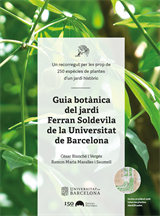| J. Molero participa a la filogènia mundial d'Euphorbia |
 |
 |
 |
| dimecres, 24 de juliol de 2013 18:53 | |||
|
El nostre company del BioC Julià Molero, com a especialista de les Euphorbia d'Europa, Àfrica i Àsia, ha participat a l'equip que ha publicat la filogènia molecular i la nova classificació mundial de les lleterasses amb fulles (Euphorbia subgen. Esula) a la prestigiosa revista Taxon. Aquesta nova classificació s'ha pogut abordar a partir d'un mostratge vastíssim (més de 270 espècies recol·lectades de tots els continents) que ha estat finançat pel programa PBI (Planetary Biodiversity Inventory)-Euphorbia, que dirigeix Paul Berry. Euphorbia characias (Foto de Jean Tosti amb llicència Viquipedia Commons) La revisió ha estat coordinada per la Dra. Ricarda Riina, de la Universitat de Michigan i ha aplegat un equip d'investigadors internacional (Iran, Rússia, EEUU). La presència catalana a l'equip es completa amb la participació de Laia Barres, de l'Institut Botànic de Barcelona. La col·laboració de J. Molero amb l'equip de la Universitat de Michigan és ja llarga i ha permès la visita a Barcelona de la mateixa R. Riina i del Prof. P. Berry. Ricarda Riina, Jess A. Peirson, Dmitry V. Geltman, Julián Molero, Božo Frajman, Amirhossein Pahlevani, Laia Barres, Jeffery J. Morawetz, Yasaman Salmaki, Shahin Zarre, Aleksey Kryukov, Peter V. Bruyns & Paul E. Berry (2013) A worldwide molecular phylogeny and classification of the leafy spurges, Euphorbia subgenus Esula (Euphorbiaceae). Taxon 62 (2): 316-342 The leafy spurges, Euphorbia subg. Esula, make up one of four main lineages in Euphorbia. The subgenus comprises about 480 species, most of which are annual or perennial herbs, but with a small number of dendroid shrubs and nearly leafless, pencil-stemmed succulents as well. The subgenus constitutes the primary northern temperate radiation in Euphorbia. While the subgenus is most diverse from central Asia to the Mediterranean region, members of the group also occur in Africa, in the Indo-Pacific region, and in the New World. We have assembled the largest worldwide sampling of the group to date (273 spp.), representing most of the taxonomic and geographic breadth of the subgenus. We performed phylogenetic analyses of sequence data from the nuclear ribosomal ITS and plastid ndhF regions. Our individual and combined analyses produced well-resolved phylogenies that confirm many of the previously recognized clades and also establish a number of novel groupings and placements of previously enigmatic species. Euphorbia subg. Esula has a clear Eurasian center of diversity, and we provide evidence for four independent arrivals to the New World and three separate colonizations of tropical and southern Africa. One of the latter groups further extends to Madagascar and New Zealand, and to more isolated islands such as Réunion and Samoa. Our results confirm that the dendroid shrub and stem-succulent growth forms are derived conditions in E. subg. Esula. Stemsucculents arose twice in the subgenus and dendroid shrubs three times. Based on the molecular phylogeny, we propose a new classification for E. subg. Esula that recognizes 21 sections (four of them newly described and two elevated from subsectional rank), and we place over 95% of the accepted species in the subgenus into this new classification.
Julià Molero, durant la presentació de Paul E. Berry durant la celebració de les II Jornades Catalanes de Conservació de Flora (Barcelona, 2010). Foto: BioC
|
|||
| Darrera actualització de dijous, 25 de juliol de 2013 14:08 |



















